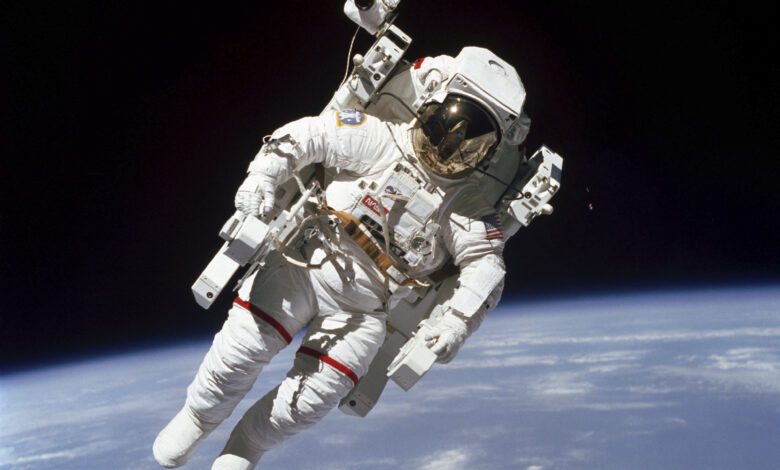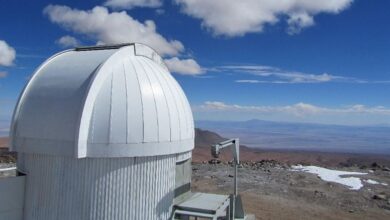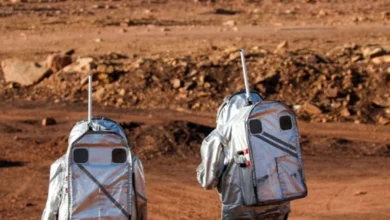NASA declares readiness to send Indian astronaut to space by 2024
The National Aeronautics and Space Administration is supportive of India's endeavours and has offered assistance in expediting the program related to India's first astronaut aboard a NASA rocket to the ISS.

NASA Administrator Bill Nelson announced on Tuesday that the United States will assist in training and sending an Indian astronaut to the International Space Station (ISS) by the end of 2024. This marks a significant milestone, as it will be the first space travel by an Indian citizen since Rakesh Sharma’s historic journey in 1984. The joint Indo-USA NISER satellite, set to be launched aboard India’s GSLV rocket, will serve as a crucial observatory to monitor Earth’s changes.
Nelson emphasized that the selection of the astronaut would be carried out by the Indian Space Research Organisation (ISRO), and NASA would not be involved in this process. He is currently on a multi-city visit to India to enhance collaboration in the space sector. During his visit, Nelson met with Science and Technology Minister Jitendra Singh to discuss strengthening cooperation between the two countries.
In a positive development, the USA expressed its willingness to collaborate with India on the construction of an Indian Space Station. Nelson highlighted that the USA anticipates having a commercial space station by the time India envisions establishing its own by 2040. If India desires collaboration, the US is open to it, but the decision ultimately rests with India. This aligns with Prime Minister Narendra Modi’s directives for ISRO to aim for a space station by 2035 and lunar landings by 2040.
The National Aeronautics and Space Administration is supportive of India’s endeavours and has offered assistance in expediting the program related to India’s first astronaut aboard a NASA rocket to the ISS. Nelson’s statements indicate a positive outlook on future collaborations between the two countries in space exploration.
As part of ongoing discussions, ISRO is exploring the feasibility of utilizing NASA’s Hypervelocity Impact Test (HVIT) facility for testing Gaganyaan module Micrometeoroid and orbital debris (MMOD) protection shields. This highlights the practical aspects of cooperation, showcasing the exchange of resources and facilities between the two space agencies.
Furthermore, ISRO and NASA have established a Joint Working Group (JWG) on Human Spaceflight cooperation. This group is actively exploring various aspects, including radiation impact studies, micrometeorite and orbital debris shield studies, and space health and medicine. These collaborative efforts signify a shared commitment to advancing human space exploration and ensuring the safety of astronauts.
The NISAR (NASA-ISRO Synthetic Aperture Radar) satellite, constructed at a cost of USD 1.5 billion, is a key component of the collaboration and is targeted for launch onboard India’s GSLV rocket. The satellite’s data will be instrumental in studying various Earth phenomena on a regional to global scale, such as land ecosystems, deformation of the solid earth, mountain and polar cryosphere, sea ice, and coastal oceans.
ISRO has demonstrated its technological prowess by developing the S-band SAR, which was integrated with NASA’s L-band SAR at JPL/NASA. The integrated L & S band SAR is currently undergoing testing at the U R Rao Satellite Centre (URSC) in Bengaluru with the participation of NASA/JPL officials. This successful integration showcases the synergy between the two agencies in advancing radar technology for Earth observation.
Moreover, ISRO is actively engaging with prominent US industries, including Boeing, Blue Origin, and Voyager, on specific areas of cooperation. Discussions are also underway to explore joint collaborations with Indian commercial entities. This demonstrates a broad spectrum of partnerships, encompassing both governmental and industrial stakeholders, fostering a comprehensive approach to space exploration.
You might also be intersted in – NASA’s Psyche spacecraft transmits laser signal back to Earth from 16 million kilometers distance



